Former United Zinc and Associated Smelters National Priorities List (NPL) Superfund Site, Iola, Allen County, Kansas - Fact Sheet, July 2024
Free Lead Testing and Cleanup Opportunity for Yards
Site Overview and Update
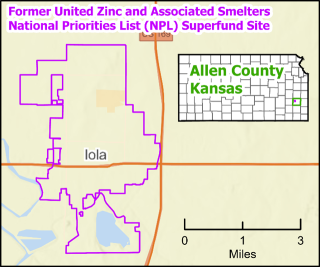
The U.S. Environmental Protection Agency (EPA) Region 7 is implementing a free lead testing and cleanup opportunity for residential yards across the city of Iola, Kansas, due to contamination found from the operation of former smelters within the Former United Zinc and Associated Smelters National Priorities List (NPL) Superfund Site (site).
Lead (Pb) is the main contaminant of concern at this site. Lead is a toxic metal that is harmful if inhaled or swallowed. It affects multiple body systems and is particularly harmful to children under 7 years old, as well as pregnant women and nursing mothers.
Today, nearly 3,000 residential properties have been tested and a total of 1,371 were found to have lead concentrations above 400 parts per million (ppm). All but 253 of these properties have been cleaned up. EPA’s contractor, SpecPro-Ayuda JV LLC, is in Iola cleaning up these remaining properties that are eligible for cleanup; cleanup work is at no cost to the owner.
- EPA and its contractors will continue to contact residents about the free lead testing and cleanup opportunity to protect children and families from lead poisoning.
- Owners of eligible properties must provide written permission before lead cleanup can be performed. Attempts to contact the 253 eligible property owners through mailings, phone calls, and personal visits have produced 65 signed access agreements for cleanup.
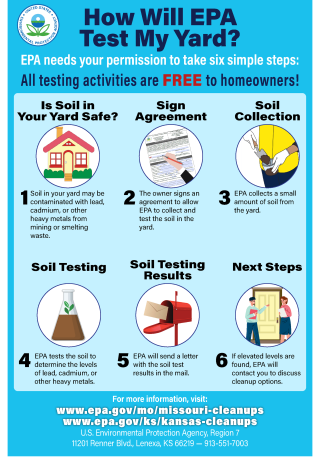
EPA needs permission to remediate (clean up) yards. Therefore, EPA asks all remaining owners of eligible properties to sign a permission form (access agreement) to participate in the free cleanup.
Free Lead Testing and Cleanup Opportunity!
If your property has not been tested for potential lead contamination, please contact EPA and sign EPA’s access agreement (permission form) for free testing.
If your residential property qualifies for cleanup, EPA will clean it up for FREE. Just sign EPA’s access agreement if it’s included with your testing results letter.
Signing and returning the agreement allows the EPA contractor to start cleaning up the affected areas of the yard. Soil lead testing and remediation (cleanup) are free to property owners. Contact EPA today!
Call 913-551-7747; toll-free at 1-800-223-0425; or by email: r7-tsmd@epa.gov or bahnke.donald@epa.gov.
About Lead and Public Health
Lead is classified by EPA as a probable human carcinogen and is a cumulative toxicant that affects multiple body systems. Lead is dangerous to children because their growing bodies absorb more lead than adults do, and their brains and nervous systems are more sensitive to the damaging effects of lead. Lead exposure can cause a range of adverse health effects, including behavioral disorders, learning disabilities, and seizures, putting young children at the greatest risk because their brains and nervous systems are still developing.

For more information about lead, visit:
Some children in historic lead mining and smelting areas have elevated levels of lead in their blood. It is important that children under 7 years old have their blood lead level tested annually, because children suffering from lead poisoning do not always look or act sick.
The only way to know if your child has elevated levels of lead in their blood is to have their blood tested. Talk to your pediatrician, general physician, or local health department about testing your child.
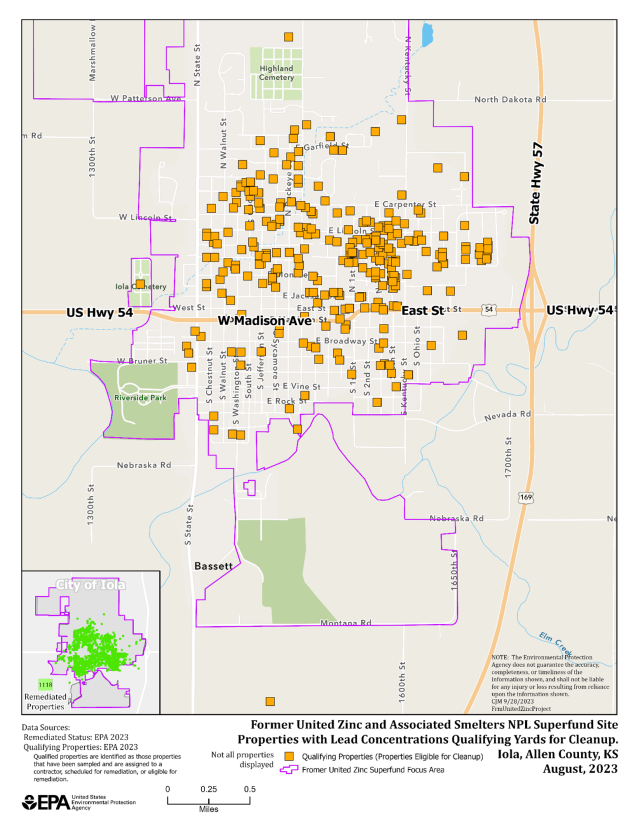
For more information, contact: SEK Multi-County Health Department, 411 N. Washington, Iola, KS 66749 (phone: 620-365-2191); or the Agency for Toxic Substances and Disease Registry, Cory Kokko, Regional Representative; phone: 913-217-5981, email: ckokko@cdc.gov.
Learn more about how to reduce lead exposure.
Site Background
The city of Iola was an international center for lead and zinc smelting until the end of World War I – with multiple smelters operating in Iola (and some in the adjacent towns of Gas and La Harpe).
Smelting activities were conducted at the three facilities in Iola – Former United Zinc, East Iola, and IMP Boats – from 1896 to the 1920s. These facilities processed and smelted of ores containing lead, arsenic, cadmium, barium, and zinc.
Although these plants were demolished long ago, the lead contamination these smelters distributed throughout the city of Iola still remains as a health risk.
EPA has a responsibility to address risks to human health and the environment from the contamination. EPA has continued sampling and cleaning up contaminated properties since residential soil testing for lead contamination began in 2006.
Information Repository
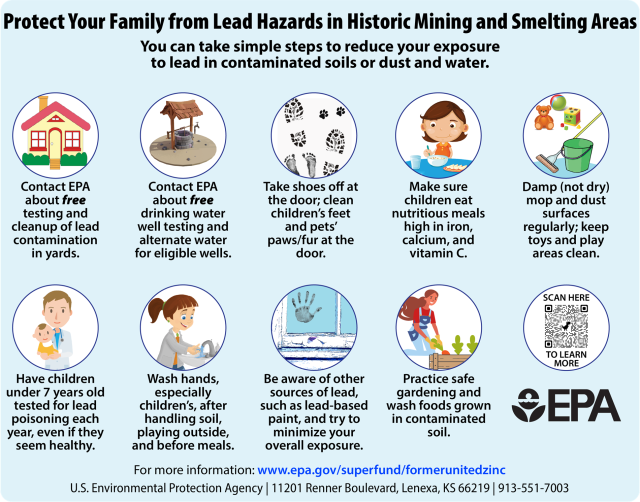
Site project information is available to the public at web repositories. To view the Interim Record of Decision Administrative Record, Proposed Plan, and other cleanup documents, please visit EPA’s Site Profile page (see Site Documents & Data).
If you do not have internet access, documents are also available during normal business hours online at the these locations:
Iola Public Library
218 E. Madison Ave.
Iola, KS 66749
620-365-3262
EPA Region 7 Records Center
11201 Renner Blvd.
Lenexa, KS 66219
1-800-223-0425
EPA Contact Information
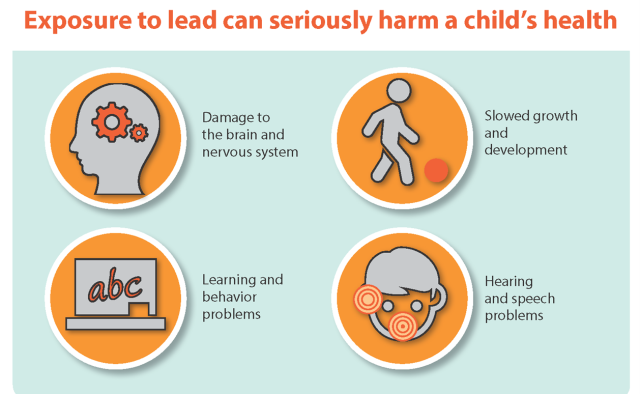
Don Bahnke
Remedial Project Manager
U.S. EPA Region 7 (SEMD/LMSE/MSRS)
11201 Renner Boulevard
Lenexa, KS 66219
Email: bahnke.donald@epa.gov or r7-tsmd@epa.gov
Phone: 913-551-7747
Toll-free: 1-800-223-0425
Elizabeth Kramer
Community Involvement Coordinator
U.S. EPA Region 7 (EJCEERD/CPSIB)
11201 Renner Boulevard
Lenexa, KS 66219
Email: kramer.elizabeth@epa.gov
Phone: 913-551-7186
Toll-free: 1-800-223-0425
